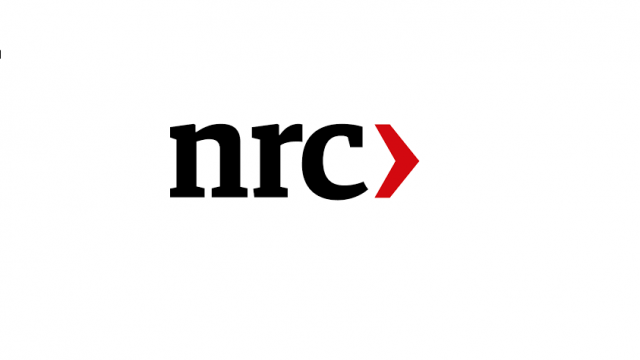Which aesthetics do we associate with gentrification? StreetSwipe let’s the audience determine if they think a photo of a storefront of bar should be classified as gentrified. While swiping, different cities, streets, years and neighborhoods will be compared on a live webpage that functions as an interactive map of gentrification. The subjective input of different groups of users will be used to train different computer models that can recognize and generate images that are perceived as gentrified. Visit the new and improved beta version of StreetSwipe at www.streetswipe.net.
`
`On Wednesday the 16th of September 8PM (AMS time), we organize a label party in collaboration with Waag to highlight the mechanics behind computational image recognition systems: the manual labor of labeling images. While listening to different experts, you can contribute to the growth and improvement of the dataset of images behind StreetSwipe.
During the label party we enjoy contributions by Justus Uitermark (Professor Urban Geography - University of Amsterdam), Najah Aouaki (Urban Strategist), Thomas Smits (Researcher Political History & Digital Humanities- University Utrecht) and Bente de Bruin (artist/programmer). The StreetSwipe Label Party is moderated by Alexander Cromer (artist/researcher).
StreetSwipe Label Party
Wednesday the 16th of September
8PM stream.waag.org
StreetSwipe is an initiative of Aesthetics of Exclusion: a collective of artists, designers, coders and scientists which researches how we can use computer vision techniques and machine learning to explore and analyse aesthetical styles that correlate with gentrification in large image archives such as Google StreetView images and Instagram. The first version of StreetSwipe is developed during a residency at Waag Society (made possible by the European ARTificial Intelligence Lab, with the support of the Creative Europe programme of the European Union). StreetSwipe is supported by the SIDN fund and the Creative Industries Fund NL.


